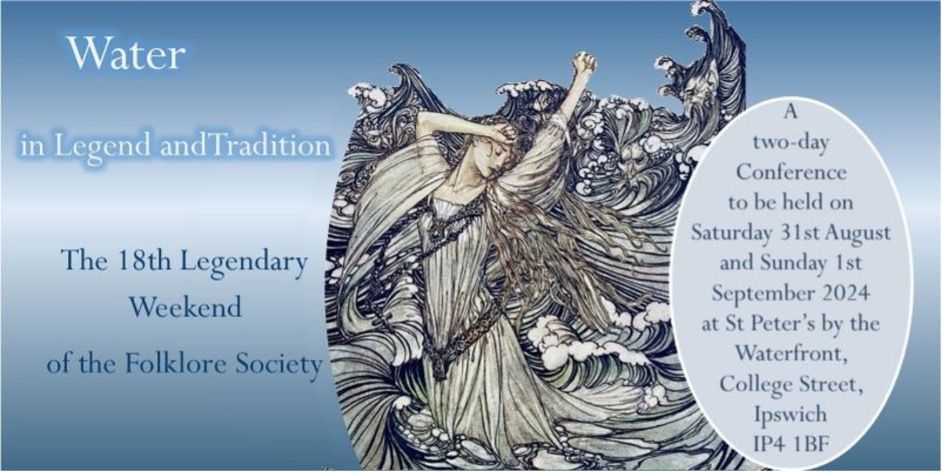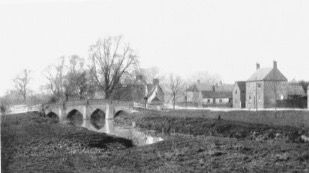I have recently attended several events touching on different aspects of ghosts and paranormal experiences.
The first of these was the Legendary Weekend of the Folklore Society held over 31 August – 1 September 2024 in the nave of the former St Peter’s by the Waterfront Church, Ipswich in Suffolk. This was a special conference on the theme of ‘Water in Legend and Tradition’ open to anyone – ‘folklorists, healers, hydrologists, bargees, dowsers and storytellers.

For lovers of folklore – and the number of these seem to be on the rise - it was a chance to hear a series of contributions a number relating to the folklore of haunted waters. These demonstrated how widespread such traditions and beliefs are, with examples from Essex to Poland and beyond. Whilst many of these stories can doubtless be ascribed to local legend and romantic imagination, a number of ghostly sightings do continue be reported close to rivers and lakes and occasionally are investigated by paranormal researchers. If so, you have to be careful not to inflate a story.
My friend the late Tony Cornell (1923-2010), a vice President of the Society for Psychical Research and for many years Cambridgeshire’s most active scientific ghost hunter, looked into several stories of ghosts near water in the county. In the process, he ended up boosting the folklore of ghosts.

Alconbury Bridge haunted by a Lady in White
In 1973 Investigated Tony Cornell concerned claims that a spectral 'lady in white' could be seen jumping into the water from a bridge at Alconbury, presumably the ghost of a long-ago suicide. Her appearances were said to have caused several car crashes. In 1973 he set up infra-red cameras at the spot and maintained vigils in an attempt to photograph her, but he enjoyed no success.

The Ferry Boat Inn, Holywell birthplace of a modern legend
Twenty years earlier in 1953 he investigated a story of a white lady ghost appearing at the Ferry Boat Inn at Holywell with members of the Cambridge University Society for Psychical Research (CUSPR), the ghost being said to appear each 17 March. They also carried out a séance on their return to Cambridge, receiving some unverifiable information the ghost was supposedly a woman called ‘Juliet Tewesley’ murdered by a woodcutter ‘Thomas Zoul’ before the Norman Conquest with the pub being built hundreds of years later over her grave site.
No credence should be afforded to these details, obtained through an impromptu séance in a Cambridge late-night coffee bar by the investigating team before going home to bed. The same group visited the pub the following year in 1954. Word leaked to the press who turned up in droves, setting a tradition for enthusiasts ever since, with these fragments transformed into a story that the ghost of Juliet appears annually on 17th March at the pub, supposedly rising from a flagstone in the bar! This story has entered into many ‘true ghost’ books and is widely believed to be an ancient tradition but in fact it only dates back to 1953 and still draws visitors
every year.
Sceptics may wonder why many phantoms of both sexes can be found either near water which causes mists, or associated with pubs?
